1. Ice Cream Truck Clanking Bells
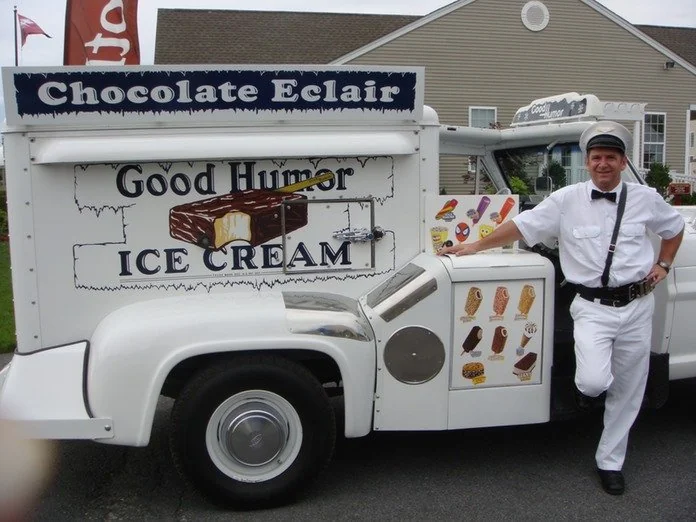
That familiar tinkling melody , often “Turkey in the Straw, signaled frozen treats rolling down your childhood street, igniting spontaneous games of “who sees it first.” It became a musical siren call for kids clutching spare change and racing outside. While its cheerful tone is iconic, the tune has roots in 19th-century folk and minstrel shows, and at times carried racist lyrics in early 1900s performances. Despite its complicated origin, the jingle remains a multisensory time capsule for ’70s summer, the shrill loudspeaker, the smell of melting cones, the thrill of indulgence, all wrapped in a single unforgettable tune.
2. Glow of Lite-Brite
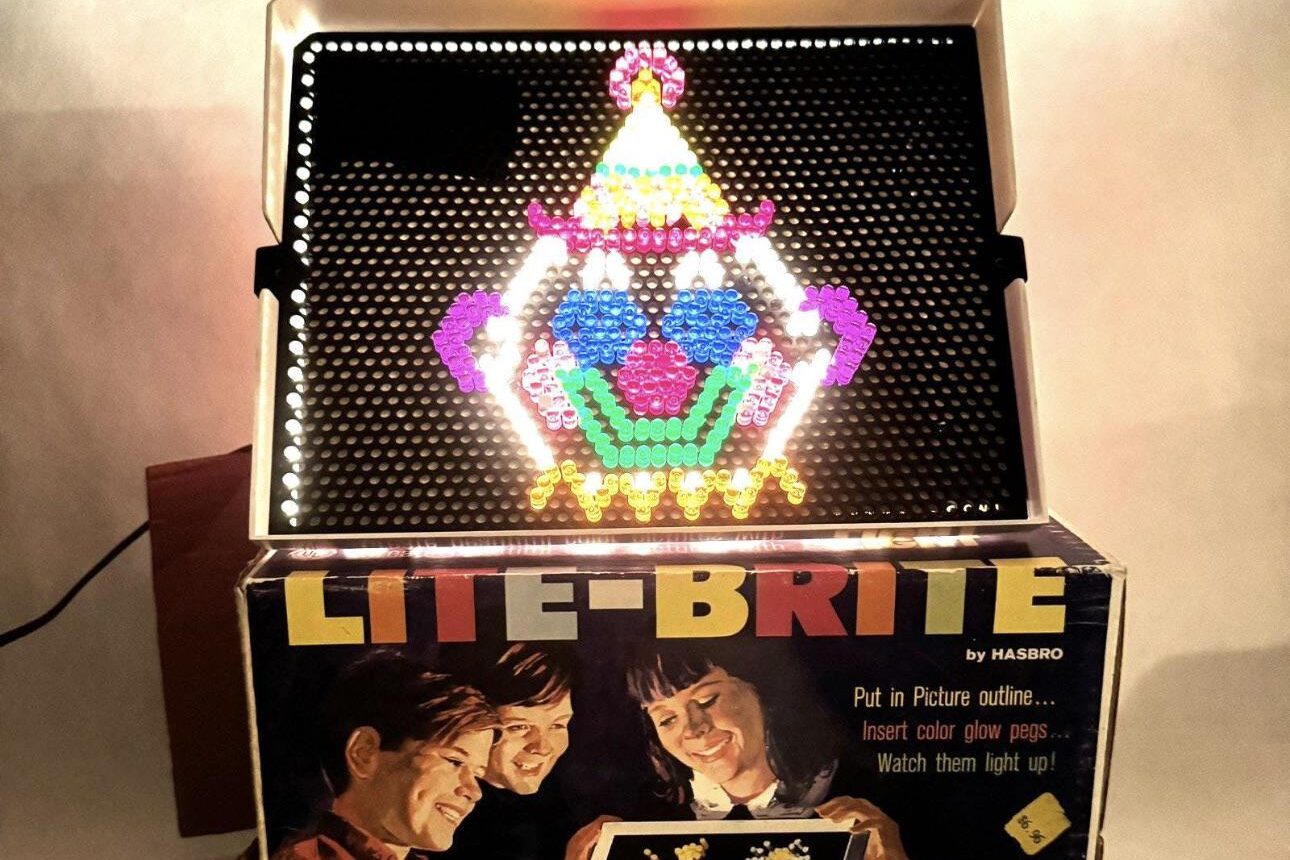
Lite-Brite was more than a toy, it was a childhood mood. You’d sit in a dark room pushing colorful plastic pegs into a black board, lit from behind by a soft yellow bulb. The hum of electricity mixed with the quiet concentration made it feel like your own little art studio. Kids made glowing butterflies, flowers, or freestyle patterns that sparkled against the black background. The toy was simple, but the experience was magical. That warm glow still lingers in the memory of any ’70s kid who spent hours creating light art.
3. Polaroid’s Sounds

Feeling that soft “fwap” sound and gears rolling as a Polaroid photo ejected from the SX‑70 or Swinger camera was anticipation made tangible. The SX‑70, introduced in 1972, packed film and developing chemicals into one sleek unit that spit out pictures instantly, no darkroom needed. You’d watch a paper slide out, wait seconds, then marvel at the slowly revealing image. That waiting, blowing on the shot, and hoping the whites didn’t overpower the portrait, it was impatience turned delightful. This tactile ritual made Polaroid not just a camera, but a performance in miniature.
4. Just Looking at a Pong Game
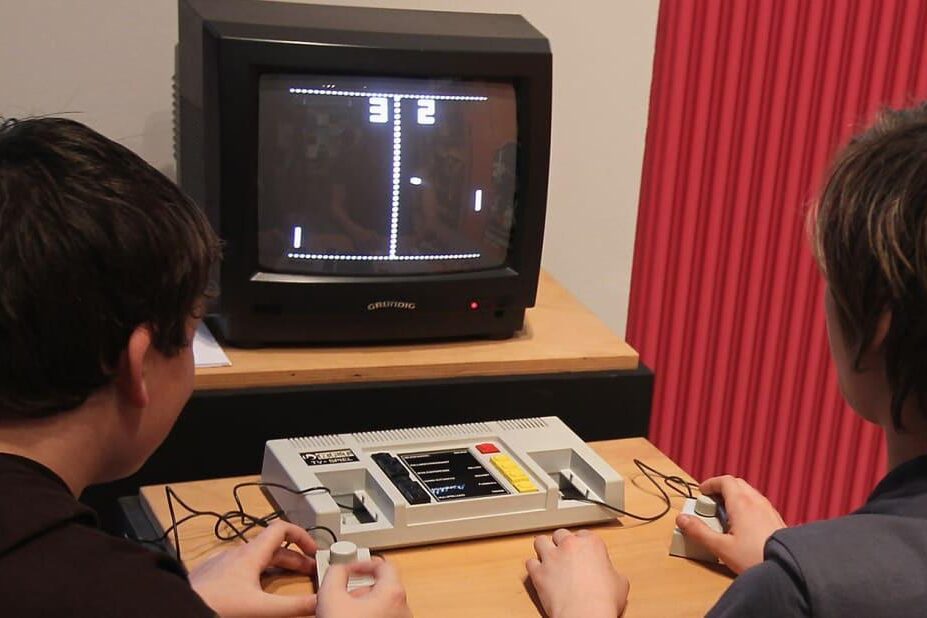
Dropping a quarter into the Pong arcade machine and hearing that first telling beep was a heart‑racing moment of pure novelty. Released by Atari in November 1972, Pong featured simple hardware-generated tones that became instantly iconic, less glam, more raw fun. That minimalist sound, one beep upon paddle‑ball contact, felt like a call to play. It was proof that video games didn’t need fancy graphics or music: just a blinking dot, an electronic ping, and instinctive joy. Pong went from barrooms to living rooms, helping launch the video game era by making gaming accessible, social, and addictive.
5. The Intoxicating Smell of Mimeograph Paper
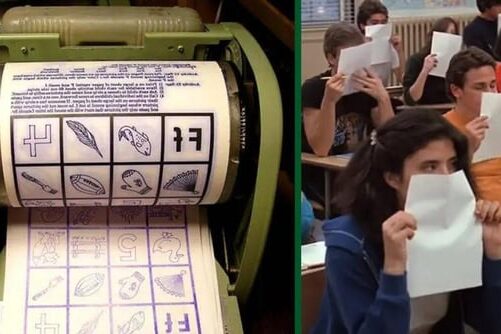
That sharp, chemical scent of freshly mimeographed worksheets filled classrooms with urgency, and nostalgia. These purple‑toned handouts were produced by stencil machines that pushed ink through. Every student knew that smell meant tests, announcements, or homework, serious business masked in a cloud of ink fumes. Sniffing one meant you were holding something mass‑produced yet fragile, unique to that moment and that day. It was part stress signal, part sensory bookmark: an unmistakable signal that school was in session.
6. Tearing Perforated Paper Edges From the Spiral
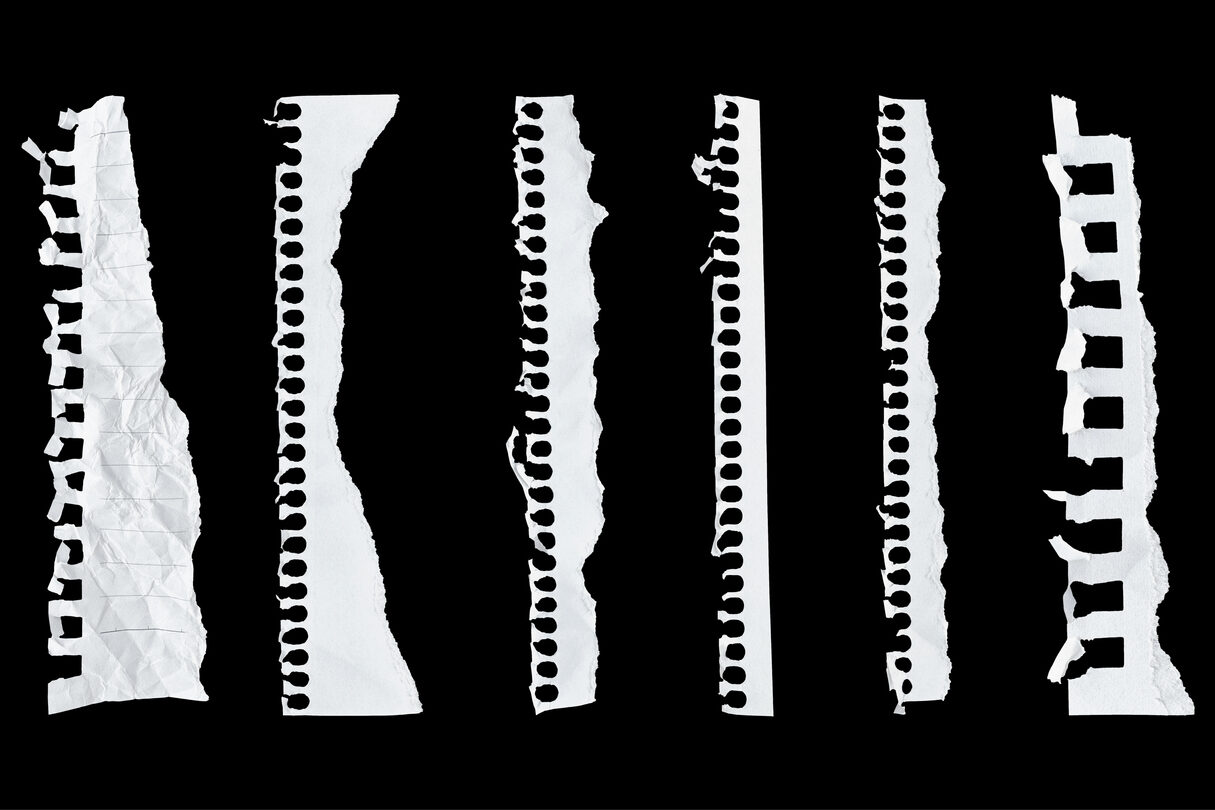
That familiar rip of accordion-style computer paper, tearing along the perforated edges fixed on endless fanfold sheets, brings back school or office homework copying days. Used with dot-matrix printers or early mainframes, this continuous stationery had serrated tear lines and sprocket holes to feed paper through machines. Kids felt grown-up holding stacks of that paper at home, tearing off perforated edges to submit school projects. The rhythmic tearing was oddly satisfying and visually futuristic: white feeding holes down the sides, slight serrations at tear points, all part of the sensory memory of DIY computing before laser printers and digital files took over.
7. Cracking Open a New Box of Crayola Crayons

Opening a box of Crayola 64 crayons unleashed a distinctive waxy aroma, mixed with faint metallic pigment undertones. That smell, unique to childhood art supplies, grounded scribbles, coloring contests, and art class projects. Crayola’s crayons, made from paraffin wax and colorants, have remained consistent for decades, maintaining that smell as a trusted sensory cue. For ’70s kids, the scent inspired creativity before even touching paper: sorting crayons by color, inhaling that nostalgic aroma, and feeling comforted by a brand trusted by parents and schools alike. It still evokes back‑to‑school excitement, classroom tables, and artistic possibility drifting through the air.
8. Pen Tip Chewing
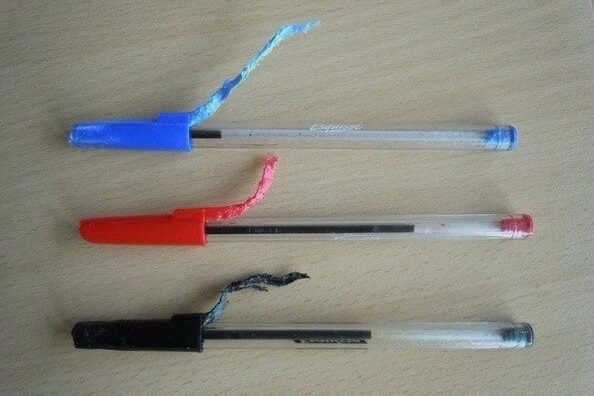
Biting or chewing the hard plastic tip of a Bic ball‑point pen was a universal nervous‑habit and idle pastime, often faintly salty and plasticky in taste. The small detachable cap used to be inserted for safekeeping, yet the pen tip still drew attention in boredom or concentration. This minor ritual, unspoken and innocent, linked kids across classrooms: fiddling pens during tests, doodling, or daydreaming. It was harmless, oddly comforting, and stubbornly common, part of school-day boredom, note-taking anxiety, or just staring out the window.
9. Smell of Play-Doh
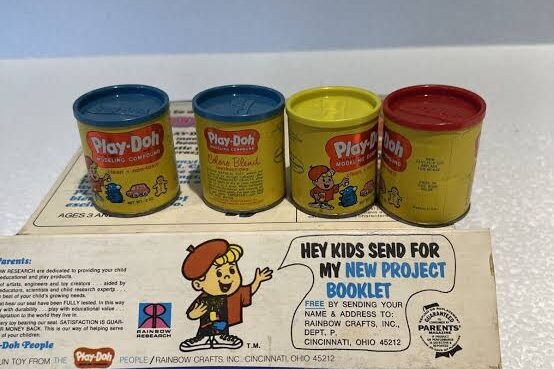
Play‑Doh’s scent is described officially as a “sweet, slightly musky, vanilla‑like fragrance with overtones of cherry and salted wheat‑based dough”. It is distinctive and deeply nostalgic for many childhood memories. It was part flour, part glue, and somehow comforting. It wasn’t just a toy, it was a sensory memory. Whether you were shaping animals or just squishing it for fun, the smell became a staple of childhood. Teachers even used it during quiet time or art sessions. For many kids, that scent meant creativity and calm, and even today, it still triggers smiles.
10. Sound of Clackers

Clackers were two acrylic balls on a string that you’d swing up and down until they smacked together in a fast rhythm. That click-clack sound could be heard from blocks away, often followed by a yelp when one missed its mark and hit a wrist. They were thrilling and slightly dangerous, which made them even more popular. Kids mastered tricks, bruises and all, until the toy was banned in many places. But if you grew up in the ’70s, that unmistakable sound was a badge of courage and fun.
11. Hot Metal Seatbelts
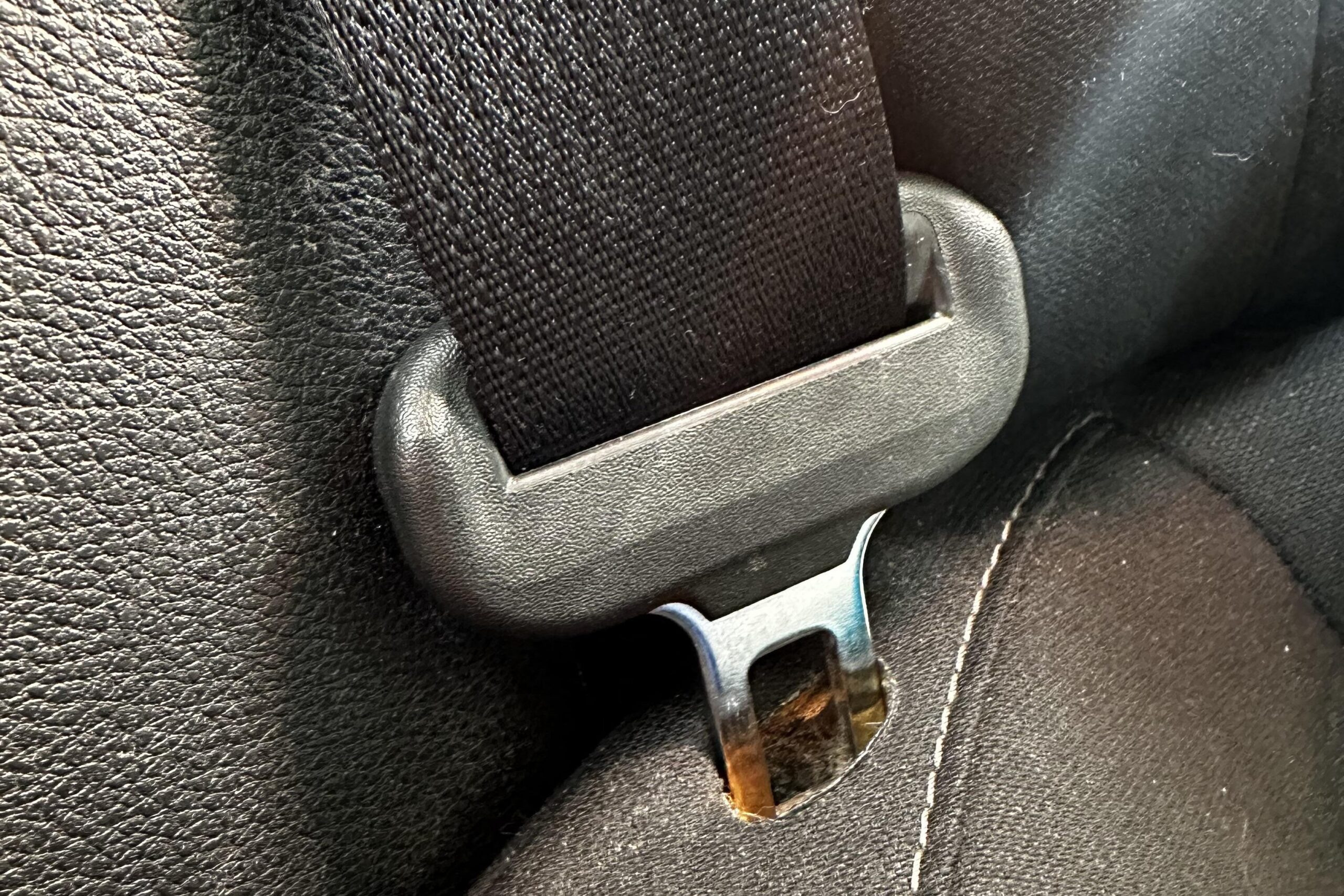
Before cushioned latches or plastic covers, metal seatbelts in summer meant one thing: sizzle. Kids learned the hard way never to sit down too fast when a car had been parked in the sun. Those buckles could scorch your thighs, especially if you wore shorts. Safety features weren’t padded back then, but they were unforgettable. Some kids even placed towels over the seats to avoid the pain. The memory is sharp, literally but it’s one of those little details that makes ’70s car rides unforgettable.
12. Sticky Vinyl Sofas

Nothing sticks in your memory quite like trying to peel yourself off a hot vinyl sofa. On summer days with no air conditioning, those couches became a trap for sweaty legs. You’d sit down for cartoons or a nap, only to hear that unmistakable slurp when you got up. Some homes even had clear plastic covers over the vinyl, which somehow made it even worse. It wasn’t glamorous, but it was part of growing up. That combination of heat, squeak, and discomfort is still weirdly nostalgic.
13. Pop Rocks Fizz
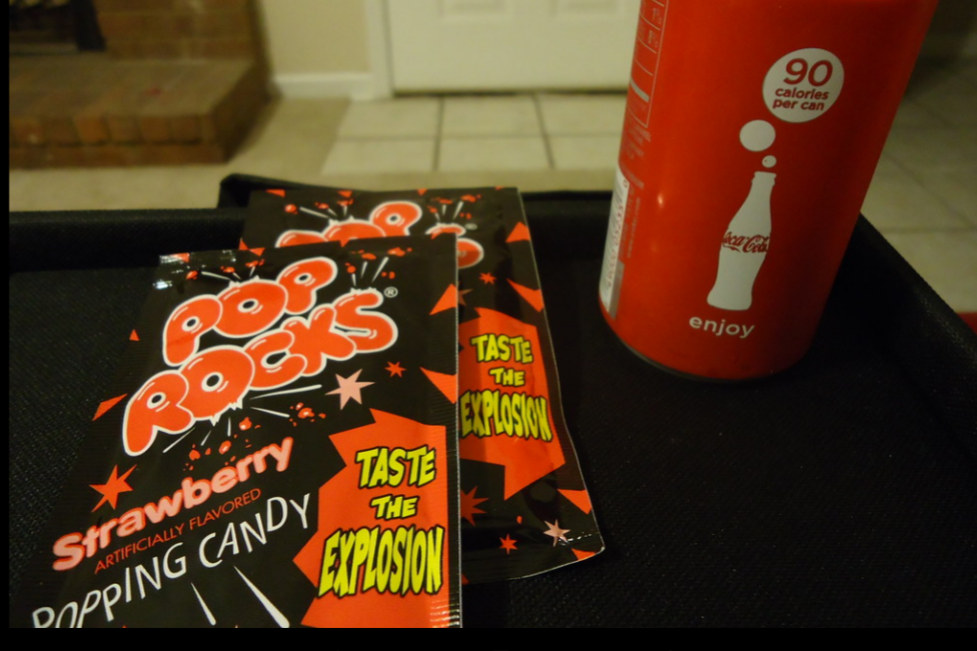
That sweet fizz of Pop Rocks dissolving on your tongue mingled candy and science in a tiny explosion of crackles. Introduced in the 1970s, these popping sugar treats literally sparked conversation, and urban legends about head‑exploding effects. All you knew was the tickle in your mouth and an irresistible urge to try more. Each bite delivered a surprising sensory rush, pop, crackle, whisper of fizz, and instant childhood delight. Whether daring friends or daring yourself, that moment of tiny eruptions felt like tasting magic.
14. View‑Master Click

Holding a View‑Master in your hands and flipping its lever produced the most satisfying click as a new stereoscopic scene appeared. That red plastic viewer hosted reels of photos, tourist destinations, cartoon adventures, even Disney characters, that transported you with depth and color. Each click turned a new leaf in a mini‑story: jungles, castles, underwater worlds. Peering into those dual lenses felt like stepping into another place. It wasn’t just a toy, it was a personal movie reel you controlled.
15. Grainy Tang Powder
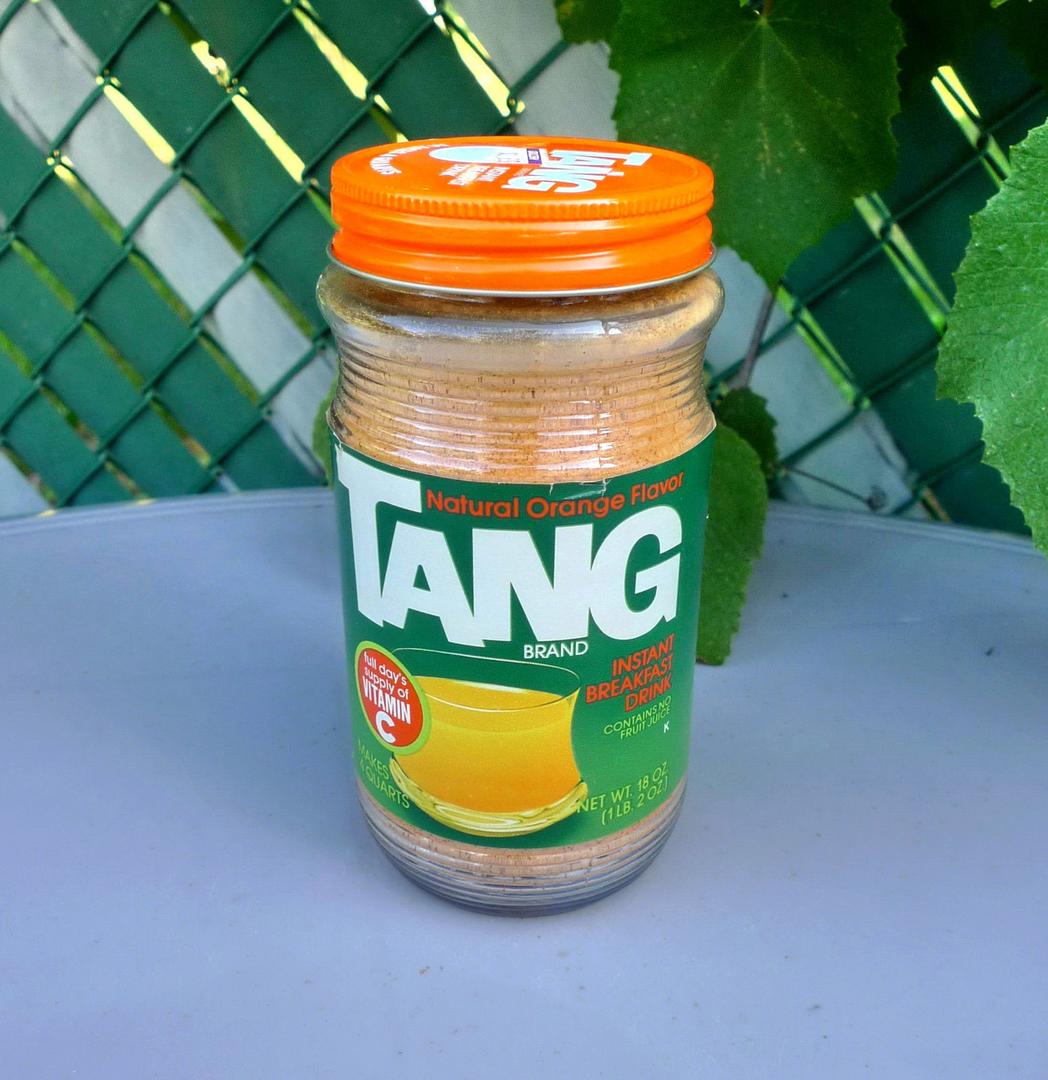
A spoon of Tang powder that didn’t fully dissolve left gritty orange specks and a bit of unexpected crunch on your tongue. Introduced in the late 1950s and heavily promoted during NASA flights in the 1960s and 1970s, Tang became space‑age household lore, thanks in part to its astronaut connection despite many admitting they didn’t care for the taste. For ’70s kids, incomplete mixing meant little bursts of flavored grit at the roof of your month, making breakfast (or after‑school) feel experimental and scientific. That vitamin‑C boost and powder residue was part of the ritual, space‑centric, sweet, and definitely memorable.
16. Shag Carpet Between Your Toes

Padding barefoot across a plush, scratchy shag carpet felt like walking through a dense sea of fibers, it could swallow small toys, tickle your feet, and leave fuzzy tufts clinging to skin. These tall‑pile carpets dominated ’70s decor and became synonymous with cozy living rooms and psychedelic aesthetics. You could even have a shag carpet in your bathroom! That texture underfoot was both indulgent and slightly abrasive, a sensory signature of childhood lounges, board games on the floor, or afternoons spent building forts. Running across it barefoot, your toes sinking into strands of yarn, remains a unique tactile postcard from the past.
17. Old TV Static Vertical & Horizontal Hold
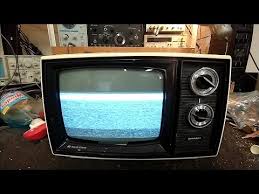
Twisting a knob on a Zenith TV and hearing the static crackle was a lesson in analog obsolescence. Some early Zenith remotes even worked by sending audio‑frequency pulses via a clicking hammer strike on an internal rod rather than infrared, an audible and mechanical marvel in itself. That burst of white noise after the national anthem or late‑night sign‑off was the end‑of‑broadcast marker, television going dark until tomorrow. For ’70s kids, the hiss wasn’t just interference: it was the sound of bedtime or the promise of Saturday morning reruns.
18. Rotary‑Phone Handset Feel & That “Thunk”
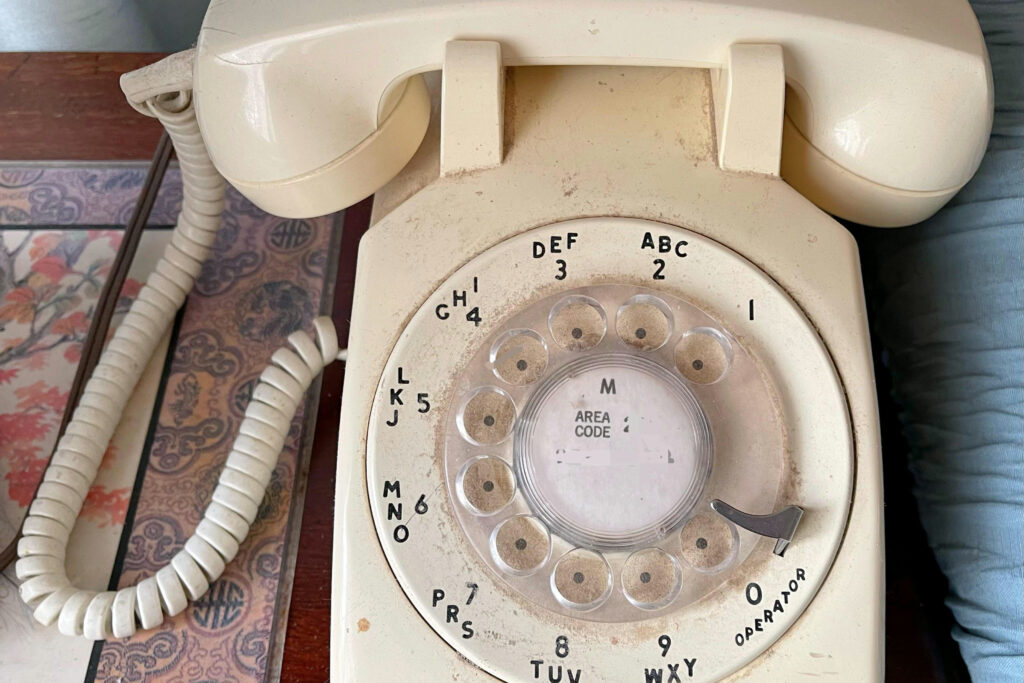
Listening to the solid thunk of a rotary phone spinning back into its cradle meant the conversation was over, and it felt satisfyingly final. Each turn dialed pulses down the line; when the dial snapped back, that thunk confirmed your call had hung up or line cleared. There was no rush‑dial or screensaver; making or ending a call was tactile, mechanical, and deliberate. That lingering thunk echoed through phone booths, kitchen corners, and landlines across homes, a simple, analog punctuation mark for a conversation neatly wrapped.
19. Vinyl Record Crackle
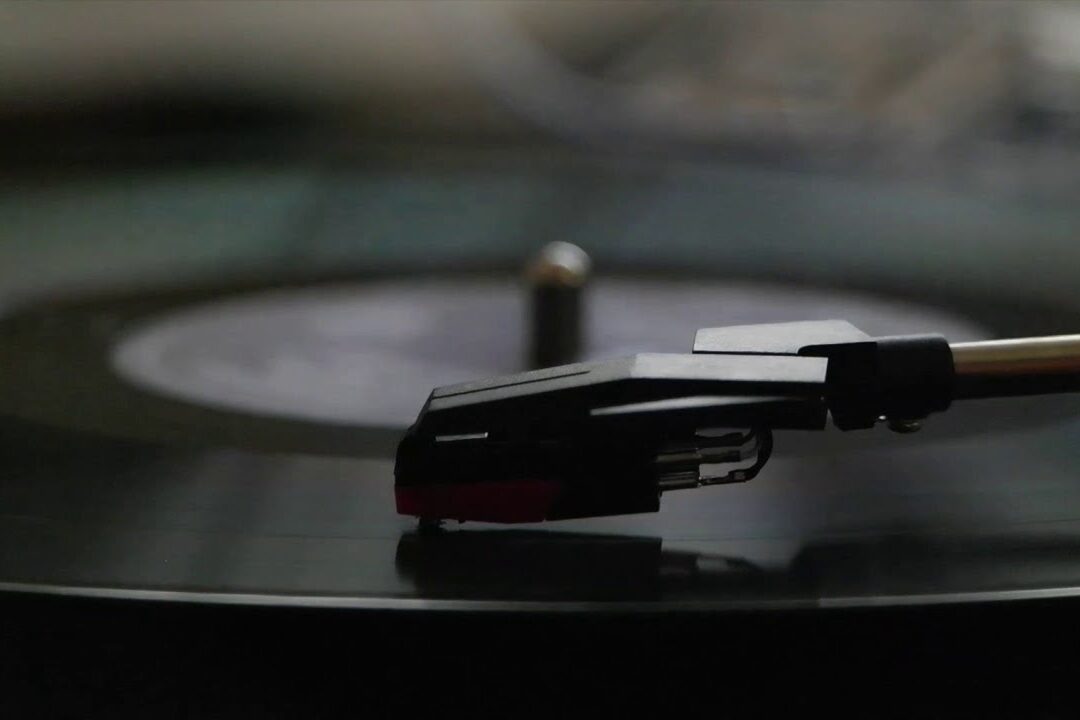
Setting the needle on a vinyl record triggered a brief thump followed by a scratchy crackle before the music began. This tactile ritual was part of making mixtapes, listening to the Top 40 hits, or spinning your favorite single. Vinyl’s analog quality meant every pop, scratch, and hiss felt personal. That crackle told you the needle was down, the groove worked, and the music was nearly there. For ’70s kids, each turntable session felt like ceremony, a bit of anticipation followed by raw, warm sound emerging through speakers and filling the room.
20. TV Snow
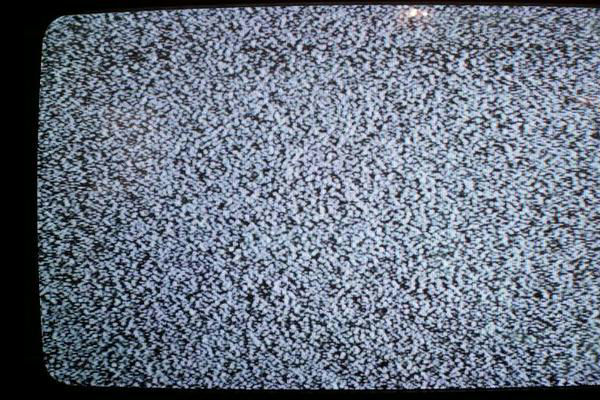
Watching TV static, that fuzzy white‑and‑black noise dancing across the screen after the national anthem or late-night sign‑off, meant the broadcast day was done. Analog TVs, like Zenith sets, didn’t have automated digital tuners, so when channels ended transmissions, birds‑nest static filled the screen. For ’70s kids, that snowy silence wasn’t just missing programming, it was bedtime’s harbinger or the sigh of a day winding down. The hiss signified broadcast limits, the fragility of technology, and the promise of morning’s daily listings and reruns resuming later.
21. Crunching Gravel Under Your Bike

That cheerful crunch of gravel under bicycle tires instantly evokes summer freedom. Whether you were pedaling over dusty driveways, suburban alleys, or rural paths, the gravel noise had an adventurous rhythm, the soundtrack of solo rides, neighborhood races, and scraped knees. According to users reminiscing online, “Did you love the sound of riding your bike on a gravel road? I sure did!” That tactile sound still transports ’70s kids to long, sunlit afternoons, feeling the bike vibrate beneath you, inhaling the outdoor air, and trusting speed to carry you further into exploration or childhood camaraderie.
22. Chilly (or Scorching) Chrome Slides & Dangerous Playgrounds
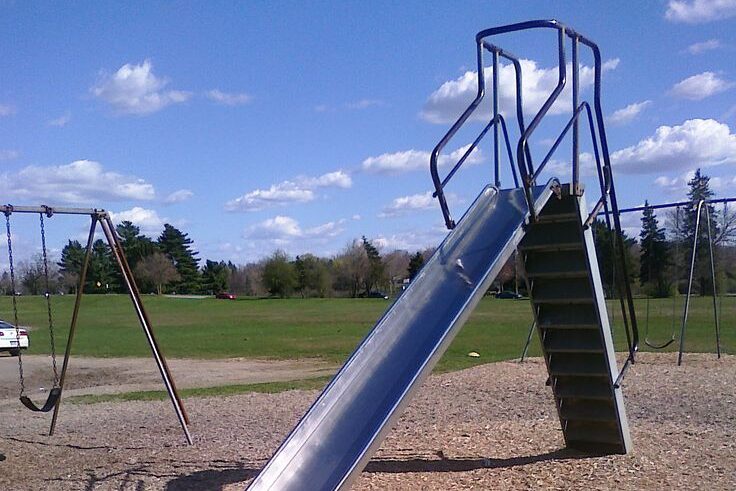
The cold touch of a bare-metal slide at noon, or when it got scorching hot in the afternoon is a memory of schoolyards before rubber-coated play equipment. That sleek, cold tramline felt sharp and exciting, and yet inviting to climb, and often warmed quickly until you nearly sizzled. Riding that slide back down, you felt both thrill and tiny burns. It wasn’t padded or cushioned, it was hard, unforgiving, and pure exhilaration. The sheer sensation of climbing to the top and then mostly barely sliding down that shiny surface remains a visceral link to playground summers and fearless childhood play.
This story 22 Things That Take ’70s Kids Back in a Split Second was first published on Daily FETCH


